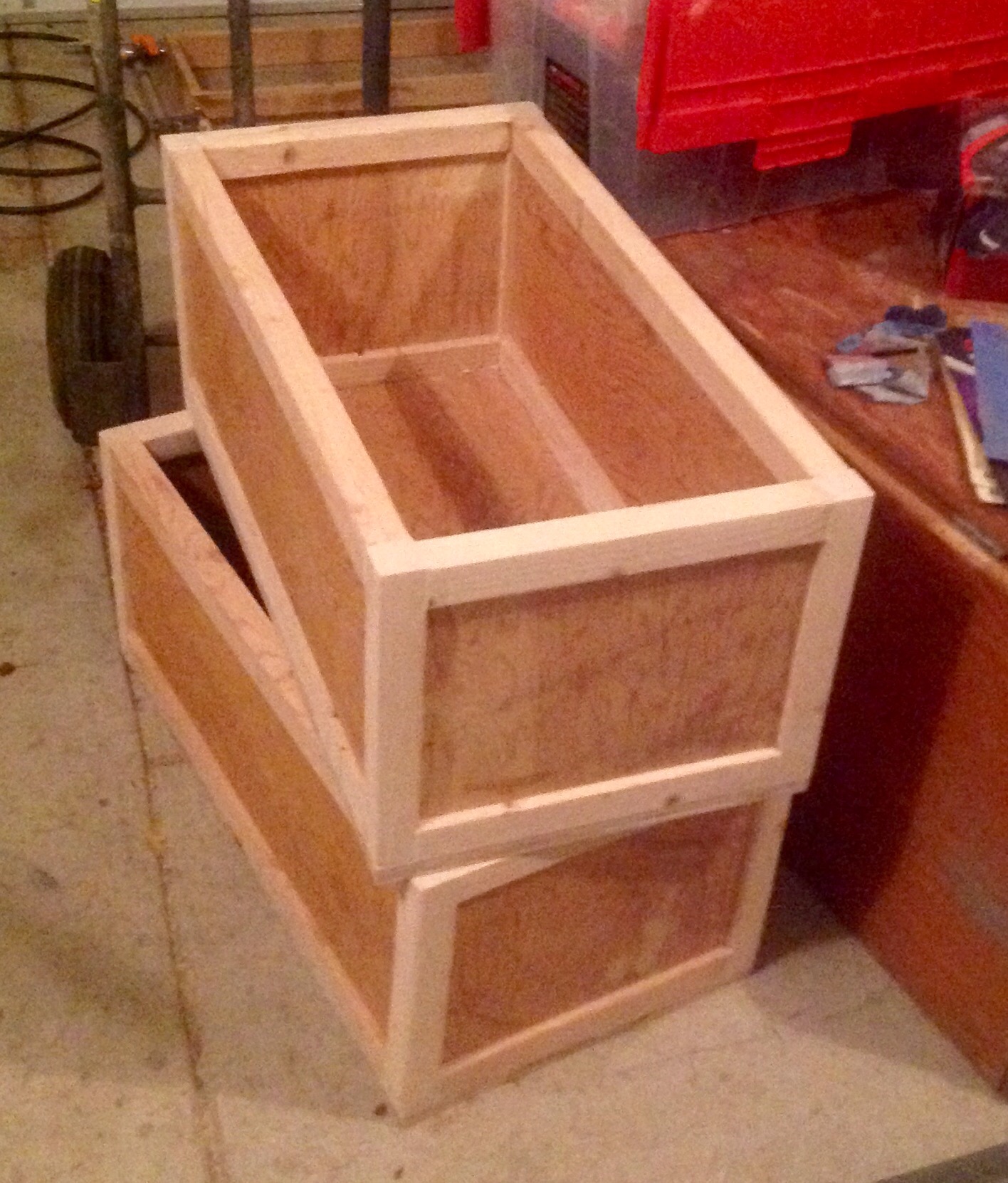What Do You Make?
I have a workshop full of tools. There is wood stacked against the walls in my garage. I have three different kinds of glue, eight different hammers and at least a dozen different saws.


There’s a difference between computers and woodworking, of course. With computers, when you get done with your day, your desk probably looks exactly like it did when you started your day.
With woodworking, when you get done with your day, you have something tangible that you can hold, give away, use, or break up and start again.
Woodworking has helped me be a better project manager. It’s helped me understand process better. I’ve had to ask, “What is the real activity of woodworking?” Anyone who’s ever been to Ikea can tell you, it’s the putting stuff together. That’s when a pile of stuff that looks slightly like wood turns into something that looks slightly like furniture.
And, in woodworking, there is certainly satisfaction in putting the pieces together. But, if you start with a sheet of plywood and a bunch of 2×4 boards, there’s a step before you can glue the pieces together. You have to cut out the pieces.
Power tools are fun. Having the ability to “make little ones out of big ones” gives a feelings of awesome power under control. And yet, the actual cutting depends on accurate measuring. It’s not unusual to spend fifty or sixty times as long setting up a cut as actually cutting. It might take 10 seconds to rip a 2×4 into two 2×2’s as I did for the foot lockers pictured above. But, to get that cut, I have to configure my table saw with the right blade and then very carefully measure the distance between the fence and the blade. Five minutes to set up a cut is not unusual.
Cutting a 2×4 (which is actually 1.5″ by 3.5″) into a 2×2 (actual size 1.5″ by 1.5″) requires that you set the distance between the fence and the blade to an inch and a half. But, you now end up with one board that is 1.5″x1.5″ and the other that is 1.5″ by 1 and 7/8″. You have to remember the saw blade is 1/8″ wide. So, to turn the second half of your ripped board into a 2×2, you have turn it around and run it through the saw again. You end up with two 2×2 boards and a 1/4″ strip.
Clearly the cutting is a big part of woodworking. So, what is the real activity of woodworking? Gluing the final product together and cutting up the boards.
But, how do I know where to cut the boards? In the picture above, each 2×2 in the “frame” for the foot locker requires four separate cuts and four drill press holes. There’s nothing more frustrating than getting down to the last cut and making a mistake or worse, discovering a previously unseen flaw in the board. Literally, hours of work have to be redone.

I designed the plans for those foot lockers. I had to create the entire thing on paper before I ever turned on the saw. So, what is the real activity of woodworking? Clearly, it’s glueing up the final product and cutting out the wood and designing the product.
The temptation is to skip one of the earlier steps and get to the “real” activity.
I don’t want to spend hours drawing up detailed plans. Let’s just get to the part where we use power tools!
I don’t want to spend time realigning the saw to compensate for a 1/4″ saw blade. Let’s just get to the part where we get to build stuff!
I have to admit that at times I’ve been guilty of wanting to get past the preliminary steps so that I could get to the real parts. You want to know what happens whenever I do that? I end up with a final product that isn’t very good. I have to go back and redo the previous steps.
Eventually, I realized that the process of building a footlocker, or a bookshelf or a picture frame, was more than just the end piece. In fact, the last step, the putting it together is the quickest part of the entire process. But, the project, involves all the steps.
Project Management is very much like that. Every project has multiple steps. Often the steps depend on one another. To be a good project manager I need to embrace each step and realise that even the beginning steps are really part of the finished product. Trying to skip any one of them risks putting the entire project at risk.
So, meetings, emails, follow up phone calls, they are all part of the process of bringing a new database online or upgrading to a new version of a product.
Embrace the whole and realize that the finished result is the sum of those many little steps along the way
Rodney M Bliss is an author, columnist and IT Consultant. His blog updates every weekday at 7:00 AM Mountain Time. He lives in Pleasant Grove, UT with his lovely wife, thirteen children and grandchildren.
Follow him on
Twitter (@rodneymbliss)
Facebook (www.facebook.com/rbliss)
LinkedIn (www.LinkedIn.com/in/rbliss)
or email him at rbliss at msn dot com(c) 2015 Rodney M Bliss, all rights reserved

